Home>Ideas and Tips>Rococo Romance: Playful And Elaborate Design
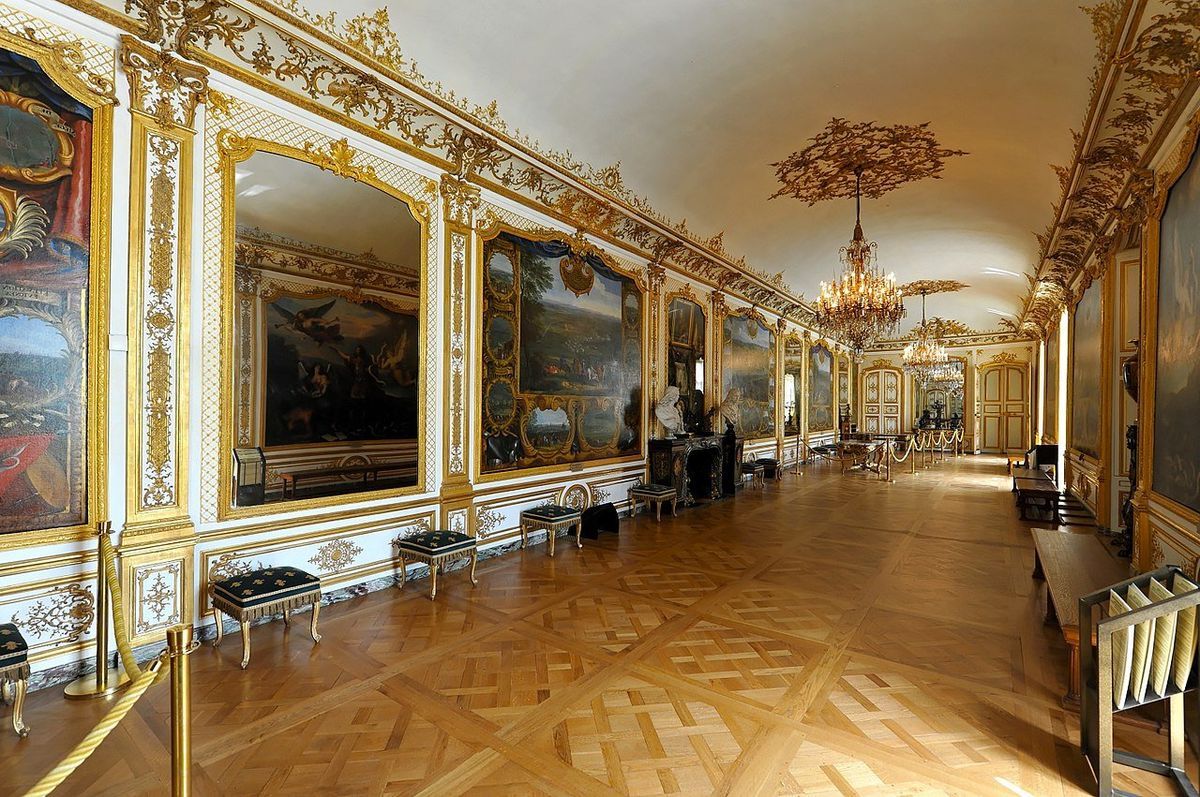

Ideas and Tips
Rococo Romance: Playful And Elaborate Design
Modified: November 2, 2024
Discover the whimsical elegance of Rococo design. Learn how to infuse your home with its playful, ornate charm and timeless sophistication.
(Many of the links in this article redirect to a specific reviewed product. Your purchase of these products through affiliate links helps to generate commission for Storables.com, at no extra cost. Learn more)
In the world of home improvement and interior design, few styles evoke the same level of elegance and whimsy as Rococo. Emerging in 18th century Europe, particularly in France, this design movement was a reaction to the grandeur and rigidity of the Baroque style. Instead of dramatic intensity, Rococo celebrated lightness, playfulness, and a deep connection with nature. This article delves into the enchanting world of Rococo, exploring its distinctive characteristics, its influence on art and design, and its enduring allure in contemporary interiors.
Unveiling the Rococo Aesthetic
The Rococo era, which flourished in Europe during the 18th century, was a time of grace, opulence, and refined extravagance. In stark contrast to the grandeur of Baroque, Rococo art embraced a more delicate and whimsical aesthetic. This artistic movement captivated Europe and continues to inspire designers today with its ethereal beauty and intricate ornamentation.
Embracing the Playful and Ornamental
Rococo art is characterized by its lightness, elegance, and playful nature. It traded the dramatic intensity of Baroque for a more lighthearted approach, infusing art and design with a sense of joy and frivolity. Curved lines, asymmetrical compositions, and delicate motifs adorned Rococo works, creating an atmosphere of graceful exuberance. The intricate floral patterns, charming pastel colors, and whimsical themes became hallmarks of the Rococo style.
One of the defining features of Rococo art is its use of soft, pastel colors that create a light, airy feel. The themes often revolve around playful and lighthearted subjects, depicting scenes of love, flirtation, and leisure in idyllic, pastoral settings. This approach contrasts sharply with the heavier, more dramatic themes of the preceding Baroque period, emphasizing instead a sense of grace and frivolity.
A World of Aristocratic Opulence
Rococo art found its greatest patronage among the aristocracy and the French court, where it became synonymous with luxury and refinement. Lavish palaces, such as the Palace of Versailles, were transformed into extravagant showcases of Rococo design. Elaborate chandeliers, gilded furniture, and intricate wall paneling adorned these spaces, immersing visitors in a world of unparalleled opulence. The Rococo aesthetic epitomized the indulgent lifestyles of the elite, emphasizing their wealth and sophistication.
The interiors of these palaces were designed to reflect the aristocratic lifestyle. Furniture was characterized by its light, graceful forms and intricate carvings, often gilded and upholstered in luxurious fabrics like silk and velvet. The overall effect was one of lightness and elegance, creating spaces that were both visually stunning and inviting.
Intertwining Nature and Fantasy
One of the distinctive features of Rococo art is its deep connection with nature. Artists drew inspiration from the organic world, incorporating elements such as flowers, shells, and foliage into their works. Nature was often depicted in a dreamlike and idealized manner, blending with elements of fantasy. Mythological figures, cherubs, and ethereal landscapes populated Rococo paintings and sculptures, transporting viewers to a realm where reality and imagination intertwined.
This integration of nature and fantasy created a sense of enchantment that was central to the Rococo aesthetic. The use of natural motifs like flowers and leaves added an organic feel to the designs, making them more relatable and beautiful. The dreamlike quality of these depictions further enhanced the sense of whimsy and romance that defined Rococo art.
The Legacy of Rococo in Design and Fashion
The influence of Rococo extends beyond the realm of art, leaving an indelible mark on design and fashion. The elegant curves and intricate ornamentation of Rococo found their way into furniture, porcelain, and decorative arts. Rococo-inspired interiors became popular, characterized by delicate furniture, pastel colors, and lavish draperies.
In the world of fashion, Rococo elements continue to inspire designers. Cascading ruffles, floral patterns, and whimsical embellishments pay homage to the era's delicate aesthetic. The influence can be seen in contemporary fashion trends where designers often incorporate elements like lace, ribbons, and floral motifs to create a sense of elegance and playfulness.
Furniture and Decorative Arts
Rococo furniture is often asymmetrical, with sinuous lines and ornate decorations. Pieces like commodes, chairs, and tables are adorned with intricate carvings and often gilded to enhance their luxurious appearance. The Louis XV style of furniture is a prime example, characterized by its elegance and refined craftsmanship.
The decorative arts also saw significant influence from Rococo. Porcelain and metalwork were adorned with intricate designs that mirrored the ornate details found in paintings and sculptures. These decorative pieces were not just functional but also served as status symbols, reflecting the wealth and taste of their owners.
Architecture and Interiors
Rococo architecture is characterized by its ornate and elaborate details. Rococo buildings often feature asymmetrical designs, with extensive use of curves and naturalistic motifs such as shells, flowers, and leaves. One of the finest examples of Rococo architecture is the Salon de la Princesse in the Hôtel de Soubise in Paris. This room showcases the quintessential elements of Rococo, including gilded stucco, large mirrors, and intricate wall carvings.
Another notable example is the Amalienburg hunting lodge in Munich, designed by François de Cuvilliés. This building features an exquisite Hall of Mirrors with ornate stucco work and lavish gilding. The Amalienburg exemplifies how Rococo architecture could be both elegant and functional, creating spaces that were both visually stunning and inviting.
Rococo interiors are known for their opulence, ornate decoration, and attention to detail. The interiors often include elaborate stucco work, pastel colors, and an abundance of decorative elements such as mirrors, tapestries, and chandeliers. Furniture is typically characterized by its light, graceful forms and intricate carvings, often gilded and upholstered in luxurious fabrics like silk and velvet.
The Palace of Versailles is a prime example of Rococo design. The private apartments of Louis XV and Madame de Pompadour are adorned with delicate ornamentation, curved lines, and intricate details that exemplify the Rococo ethos. These rooms are filled with artworks, furniture, and decorative objects that exemplify fine craftsmanship.
The Rococo Legacy in Modern Interiors
Despite its eventual decline in popularity, the Rococo aesthetic continues to captivate and inspire. Its delicate charm and whimsical elegance evoke a sense of romanticism and escapism. Elements of Rococo can be seen in contemporary art and design as artists reinterpret its essence in a modern context.
To infuse a space with the Rococo spirit, consider adding:
- Furniture pieces that boast curved legs and intricate details.
- Floral, avian, and botanical patterns on fabrics or wallpaper.
- Rococo-style mirrors as a nod to French sophistication.
- A harmonious blend of white and pastel shades to create a serene ambiance.
These elements can help create spaces that are both visually stunning and inviting, reflecting the enduring allure of this elegant and distinctive artistic movement.
Embracing the Playful and Ornamental
Rococo interiors are a testament to sensuality and sophistication. The style revels in asymmetrical patterns, sensuous curves, and a penchant for the ornate. Key elements of Rococo include:
- Asymmetry and Curvilinearity: Unlike the symmetry and straight lines of Baroque, Rococo embraced asymmetrical designs and curves. Interiors often featured undulating lines and natural motifs.
- Lightness and Elegance: Rococo spaces were airy and light, with a focus on elegance and grace. This was a move away from the grandeur and heaviness of Baroque.
- Pastel Color Palette: Soft pinks, greens, and blues, often highlighted with gold, defined the Rococo color scheme. This was in line with its theme of lightness and playfulness.
- Elaborate Ornamentation: Mirrors, ornamental sculptures, intricate moldings, and lavish use of gilding were hallmarks of Rococo interiors.
Rooms were filled with artworks, furniture, and decorative objects that exemplified fine craftsmanship. The overall effect was one of lightness and elegance, creating spaces that were both visually stunning and inviting.
A Timeless Source of Inspiration
The Rococo style developed first in the decorative arts and interior design, and its influence later spread to architecture, sculpture, theater design, painting, and music. This multifaceted influence has ensured that elements of Rococo continue to inspire designers today.
In contemporary interiors, designers often incorporate elements like curved lines, pastel colors, and ornate details to create spaces that are both elegant and playful. The use of natural motifs like flowers and leaves adds an organic feel to the designs, making them more relatable and beautiful.
Moreover, the emphasis on comfort and versatility in Rococo furniture design has influenced modern furniture trends. Pieces that are free-standing and easily moved around for gatherings reflect the lighthearted and versatile atmosphere prized by the aristocracy during the Rococo period.
Read more: Kids’ Rooms: Playful Yet Practical Designs
Conclusion
Rococo art, with its delicate charm and whimsical elegance, has left an indelible mark on the world of design and art. From its origins in 18th century Europe to its contemporary influence on interior design, fashion, and architecture, Rococo continues to captivate audiences with its ethereal beauty and intricate ornamentation.
As we look to enhance our living spaces with elements of this timeless style, we are reminded of the enduring allure of Rococo. Its ability to inject a sense of historical opulence into modern interiors makes it a versatile choice for designers seeking to create spaces that are both visually stunning and inviting.
In conclusion, embracing the playful and ornamental elements of Rococo can bring a unique layer of sophistication and elegance to any home. Whether through statement pieces of furniture or subtle textile patterns, the elegance of Rococo can transform any space into an enchanting haven that celebrates lightness, playfulness, and the beauty of artful excess.
Was this page helpful?
At Storables.com, we guarantee accurate and reliable information. Our content, validated by Expert Board Contributors, is crafted following stringent Editorial Policies. We're committed to providing you with well-researched, expert-backed insights for all your informational needs.
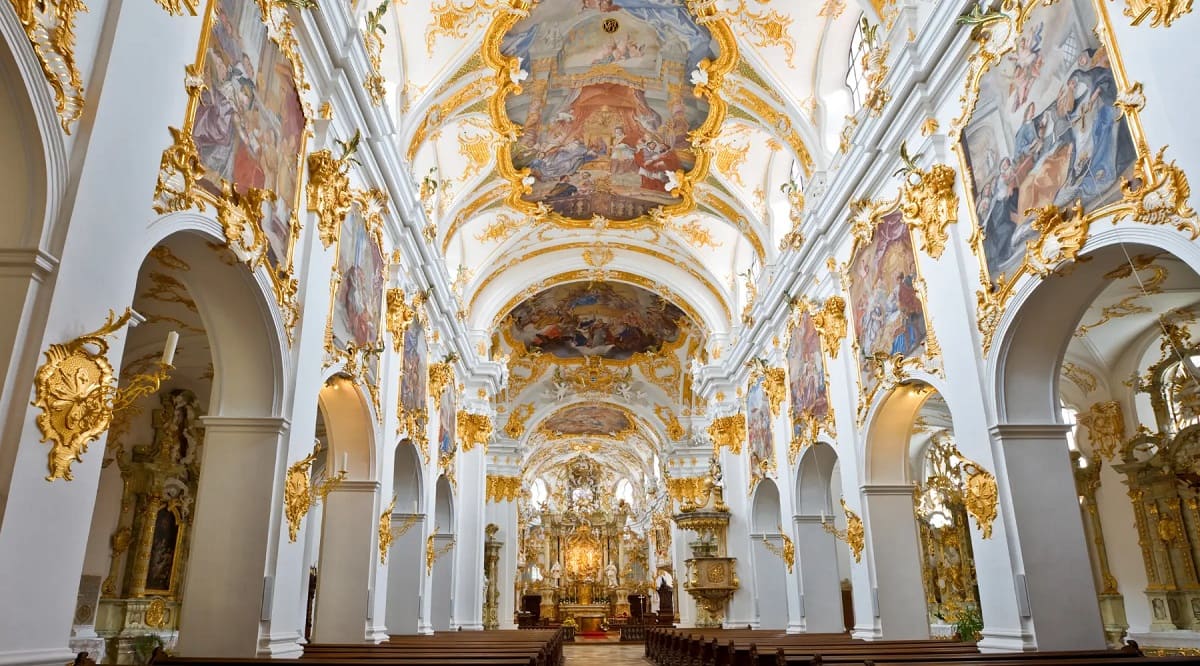
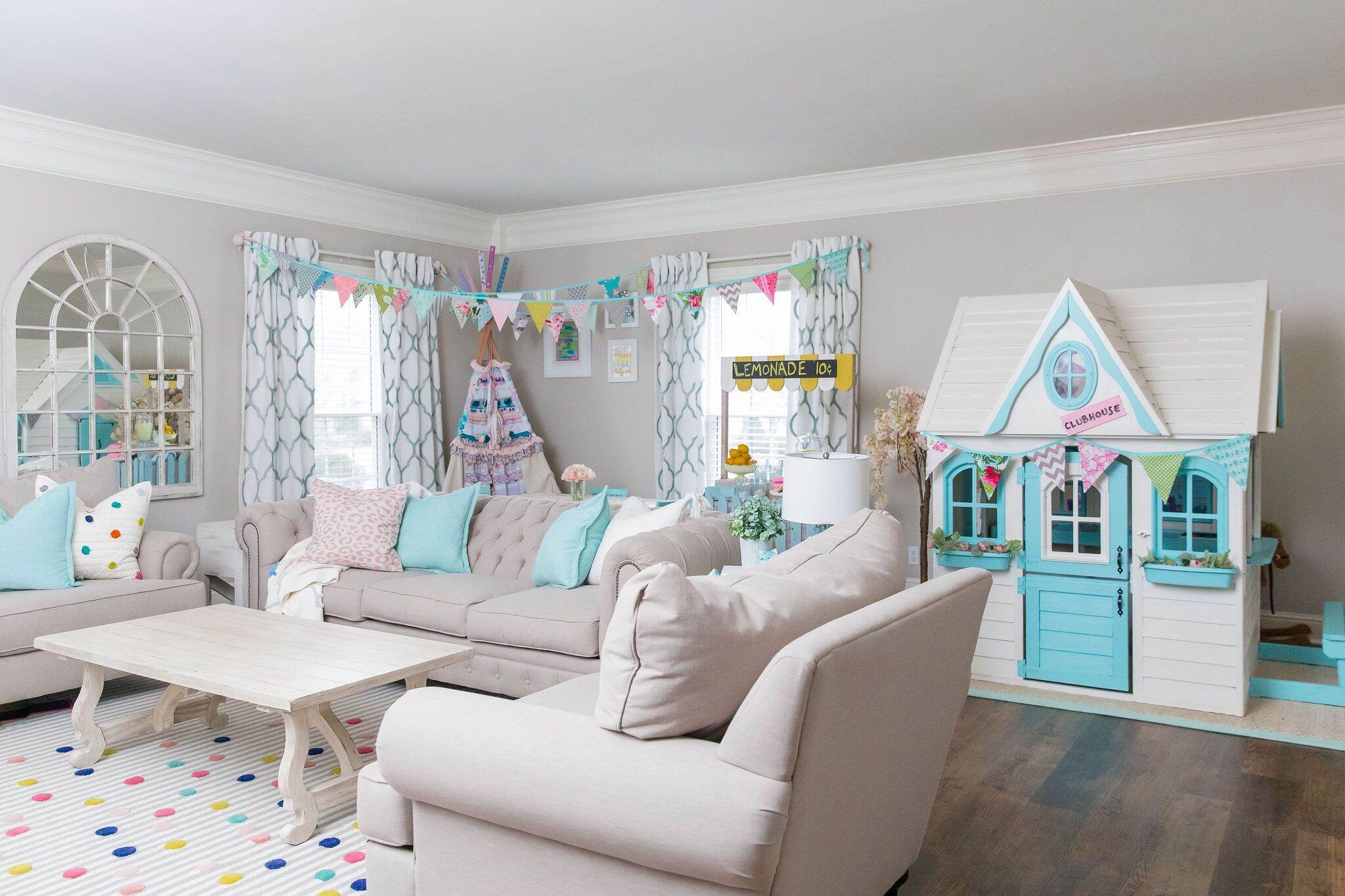
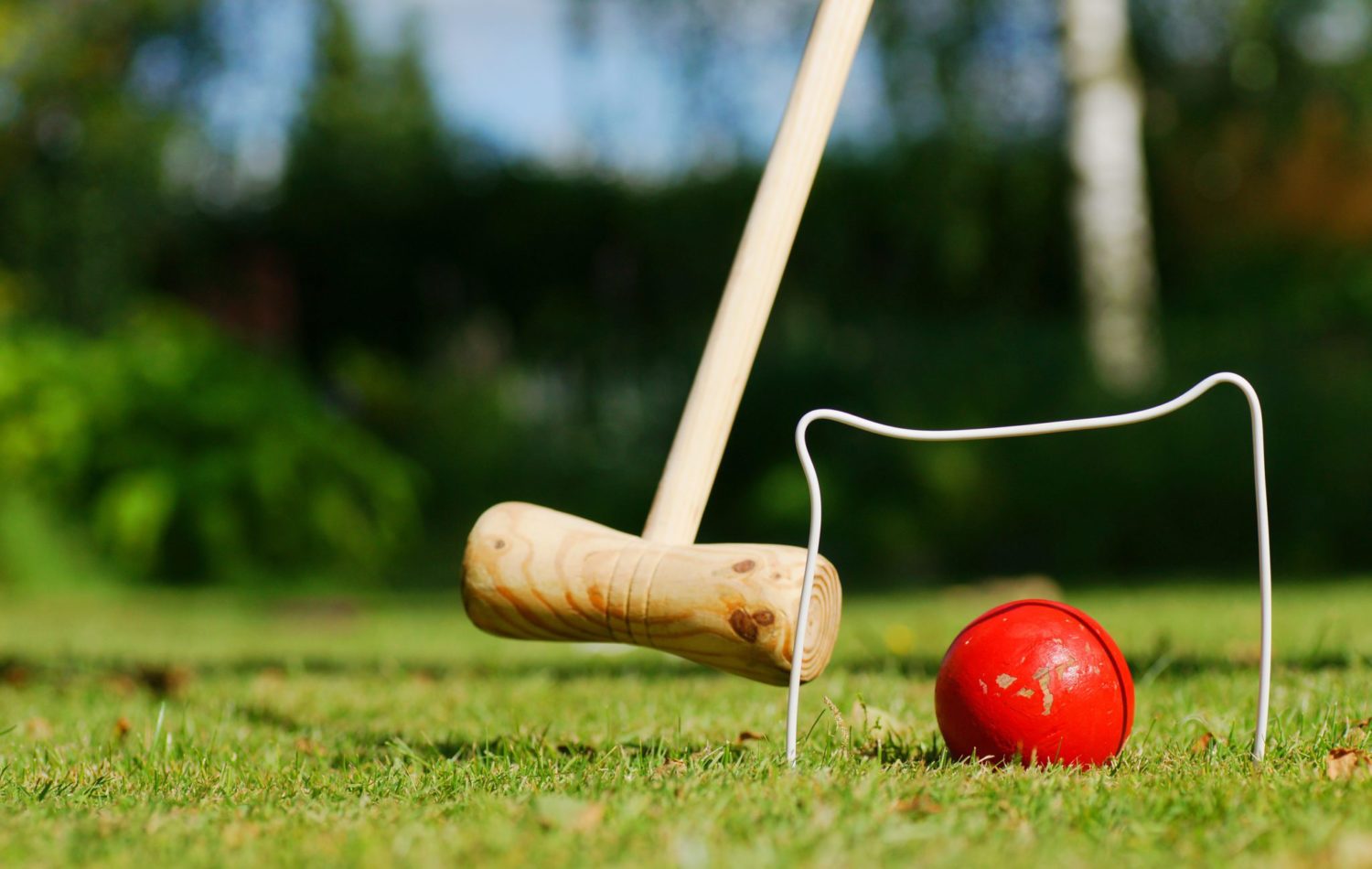

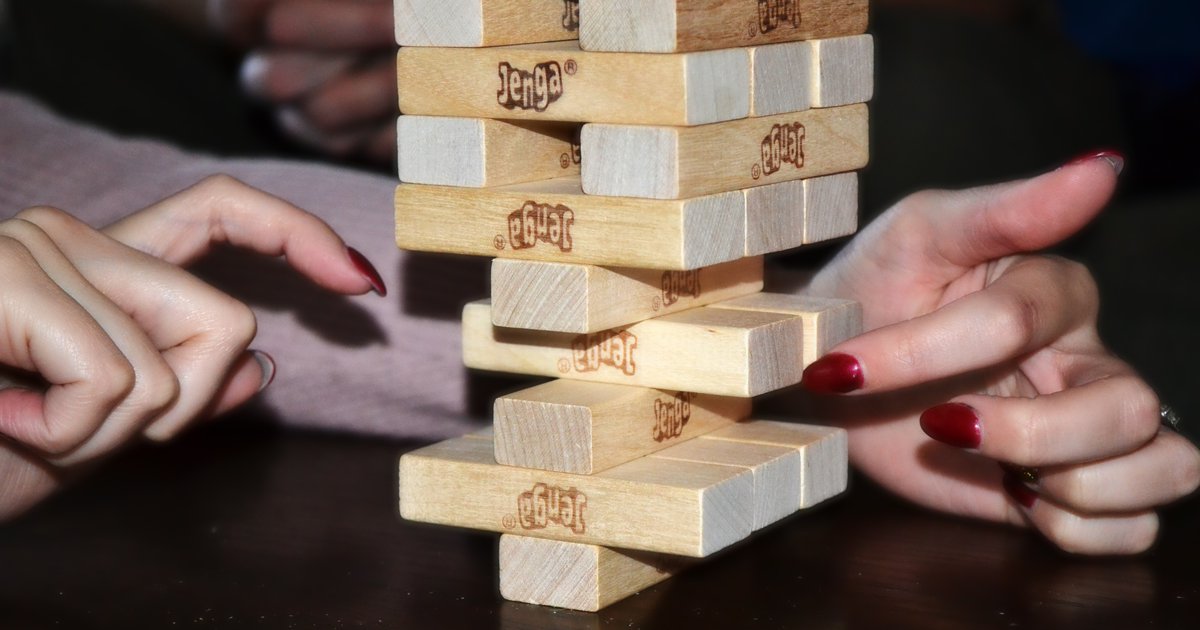


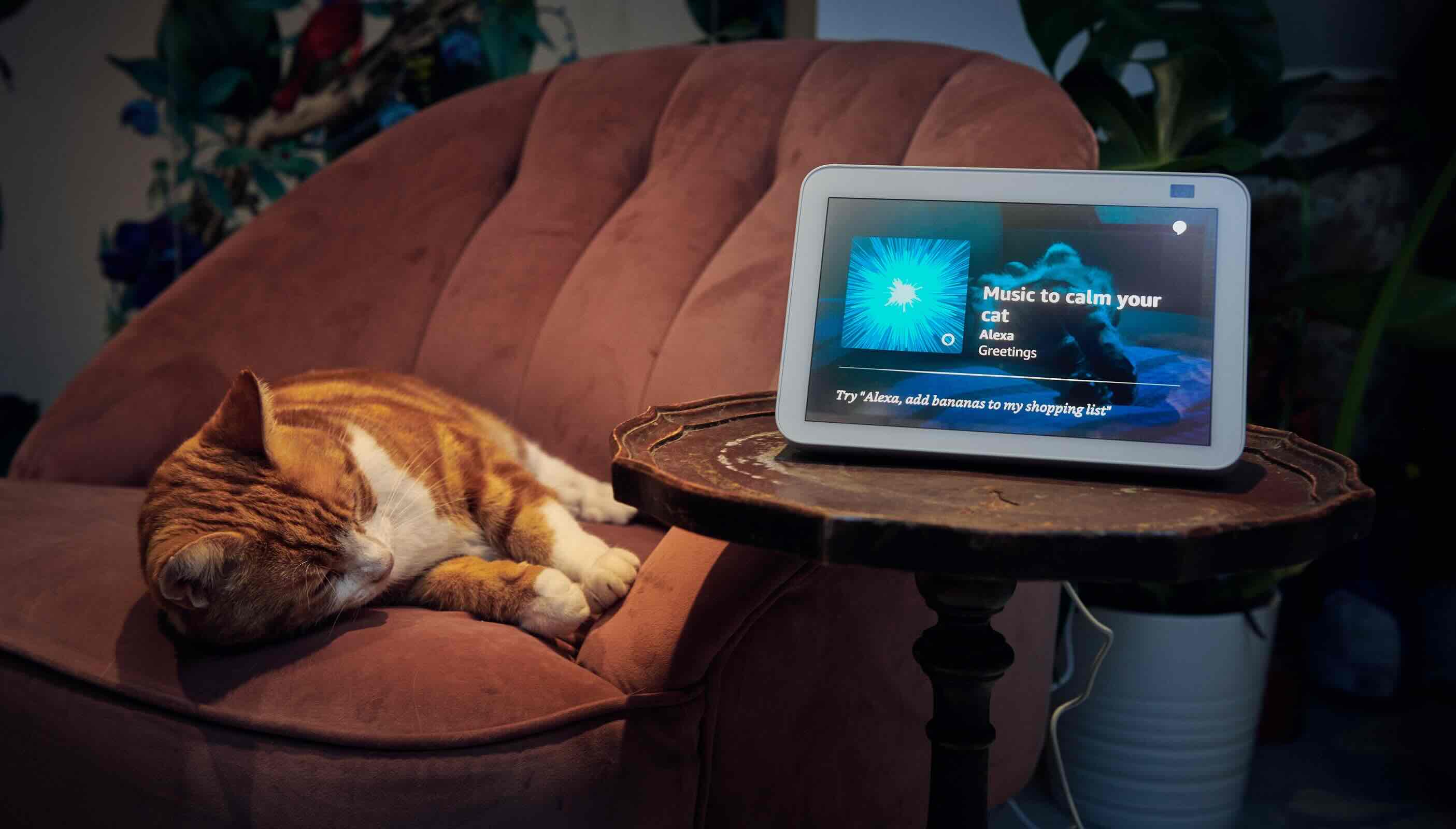

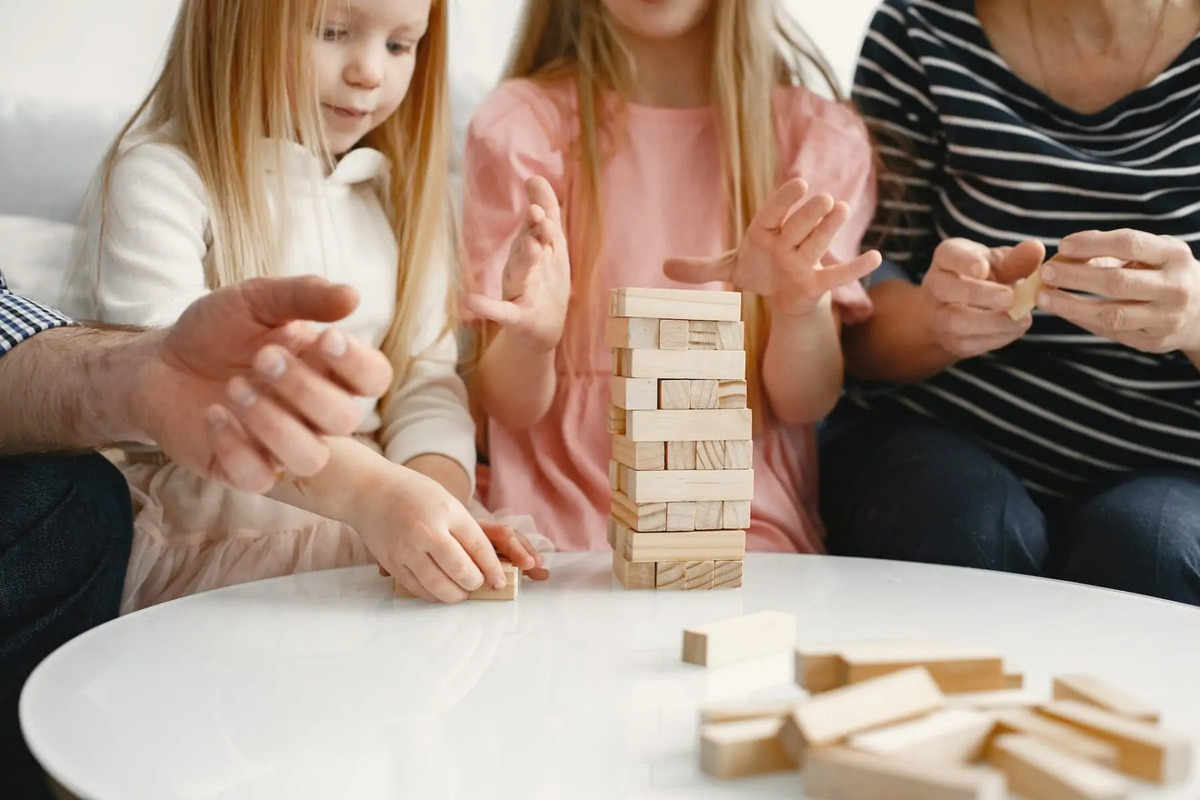



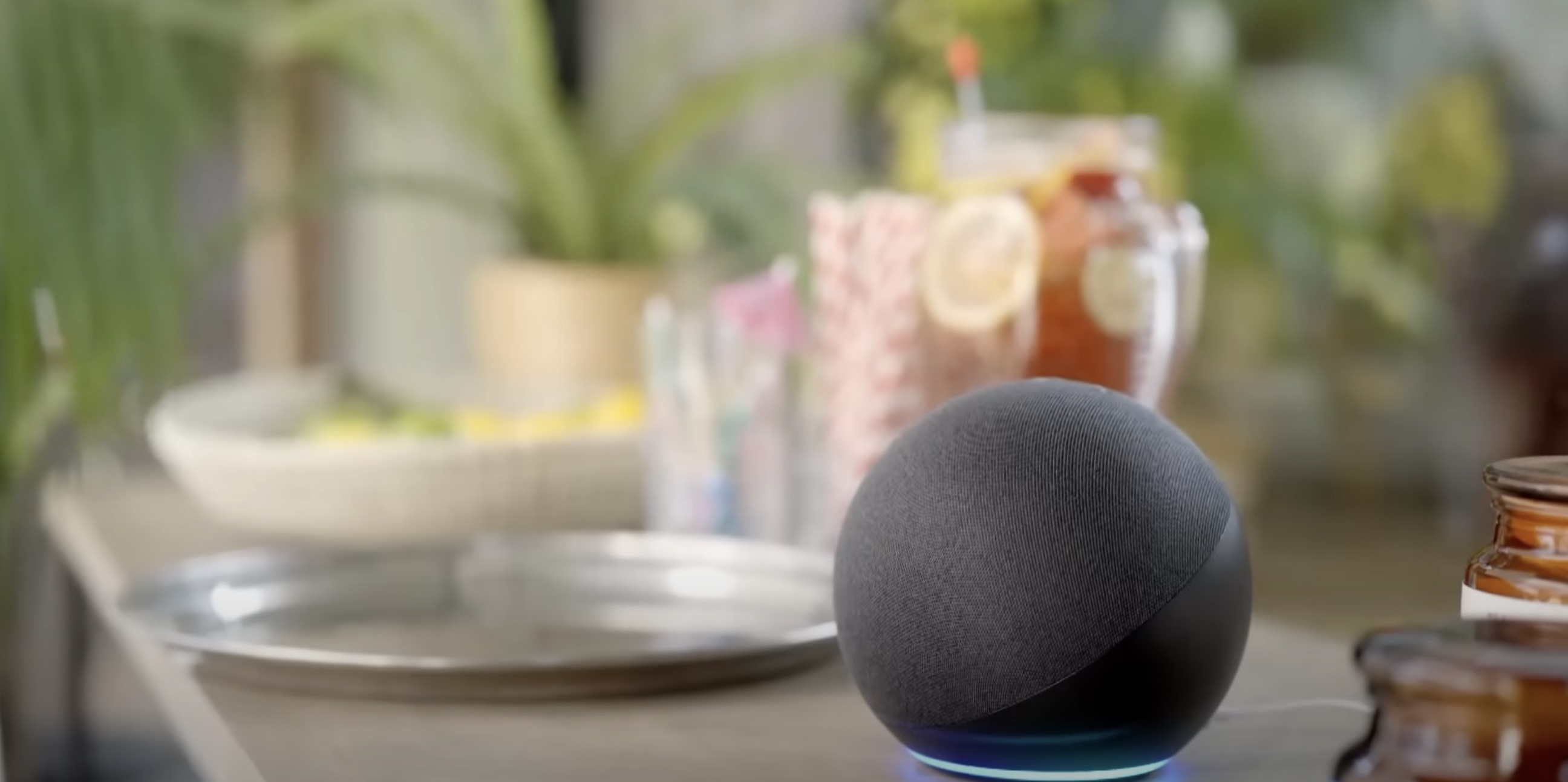

0 thoughts on “Rococo Romance: Playful And Elaborate Design”